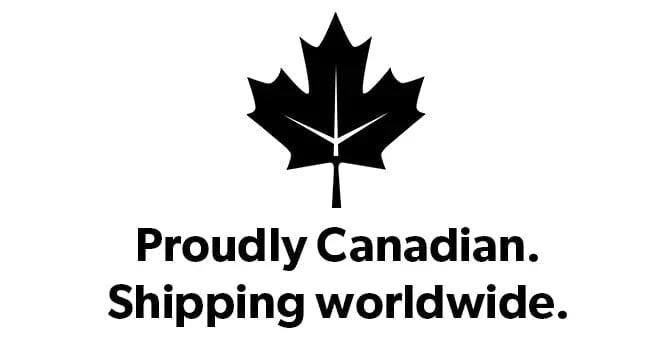CCM Premier P2.5 Intermediate Goalie Stick
- 0 left in stock

Free Shipping Over $200

Fast Easy Returns

Best Price Promise

Shipping Limited to Canada
CCM's composite sticks have been a popular feature on the market, and the P2.5 intermediate goalie stick seeks to build upon this popularity. It replaces R1.5 and offers a very similar composite stick construction. The P2.5 however adds even more features to this familiar intermediate composite goalie stick.
First and foremost, The P2.5 stick has had Zeroflux technology added by the CCM stick techs. Zeroflux is a material that was added into the construction to dampen vibrations caused when the puck makes contact with the stick on a shot. This makes the stick feel considerably closer to a foam core, and helps immensely with feel.
The P2.5 also features a Stiktak grip zone on the top of the paddle to help the stick stay in the goalies hand when they are taking hard shots. While CCM has added the Stiktak on the paddle, they also realize the importance of being able to have the stick slide for a poke check. For this reason CCM has also included a matte finish on the shaft to help facilitate the aforementioned slide.
CCM's P2.5 junior goalie stick give recreational goalies looking for a lightweight composite stick with good feel at a decent price.
CCM's composite sticks have been a popular feature on the market, and the P2.5 intermediate goalie stick seeks to build upon this popularity. It replaces R1.5 and offers a very similar composite stick construction. The P2.5 however adds even more features to this familiar intermediate composite goalie stick.
First and foremost, The P2.5 stick has had Zeroflux technology added by the CCM stick techs. Zeroflux is a material that was added into the construction to dampen vibrations caused when the puck makes contact with the stick on a shot. This makes the stick feel considerably closer to a foam core, and helps immensely with feel.
The P2.5 also features a Stiktak grip zone on the top of the paddle to help the stick stay in the goalies hand when they are taking hard shots. While CCM has added the Stiktak on the paddle, they also realize the importance of being able to have the stick slide for a poke check. For this reason CCM has also included a matte finish on the shaft to help facilitate the aforementioned slide.
CCM's P2.5 junior goalie stick give recreational goalies looking for a lightweight composite stick with good feel at a decent price.

Goalie Stick Sizing Information
Unlike other pieces of gear, Goalie Sticks are sized mostly to the goaltender’s preference and playing style rather than their height. The most important measurement, when purchasing a new goal stick, is the paddle height (the wide portion of the stick), which is usually taken from the heel of the stick to the shaft/paddle interface. The reason for the paddle height’s significance is because it sets up the goaltender’s depth in the ready stance and (if properly sized) positions the blocker in an optimal position.
Sizing Your Goalie Stick
To start analyzing the size of your goalie stick, put on your goalie skates to get an accurate height of where you will be in your stance. If you’re looking to be even more accurate, strap on your goalie pads and blocker as well. Once that is done, get comfortable in your natural stance (the one you’d be in during a majority of gameplay) and look for the following:
1. The entire blade of the stick is flush with the ground while being 1’ - 2’ in front of your feet
2. After getting your stick into the flush position, check that the inside edge of the blocker hand sits on the outside edge of the goal pad (this is while holding just above the paddle).
Goalie Stick Sizing Considerations
Goalie Stick sizing can be very subjective compared to other pieces of equipment. The reason for this is the ambiguity of each goaltenders ‘natural stance’, especially with younger goaltenders. It is rather common for children to use taller sticks in comparison to their height, as their stance depth isn’t usually as aggressive as a seasoned goalie.
The shaft length of a goalie stick is usually best left at its stock length, as it serves to counteract the weight of the blade and ideally place the center of gravity at the top of the paddle. The one exception to this rule is for advanced puck handlers, cutting the shaft will allow more power transfer when shooting as a result of being able to keep the blade flush to the ice while near the goaltender’s feet.














